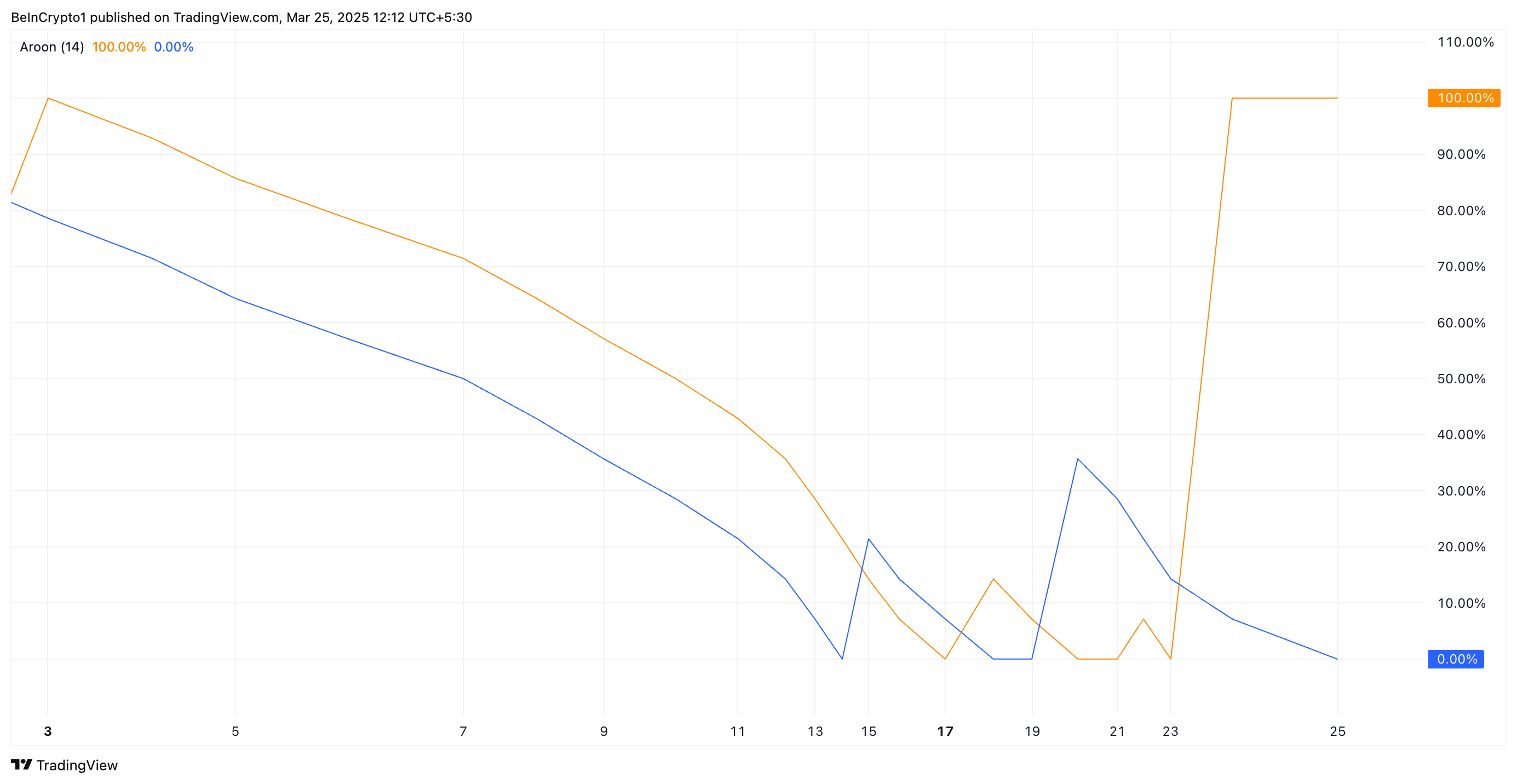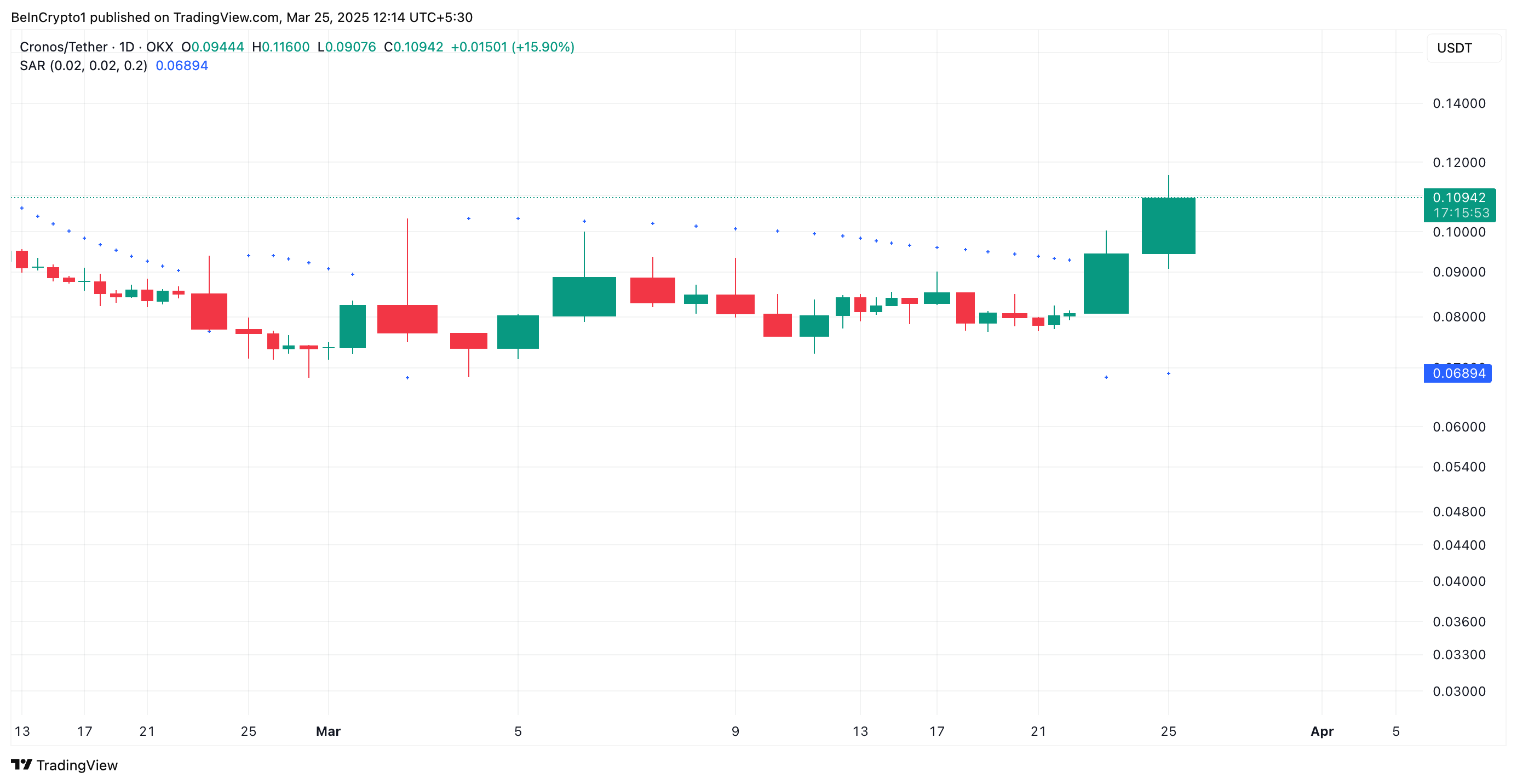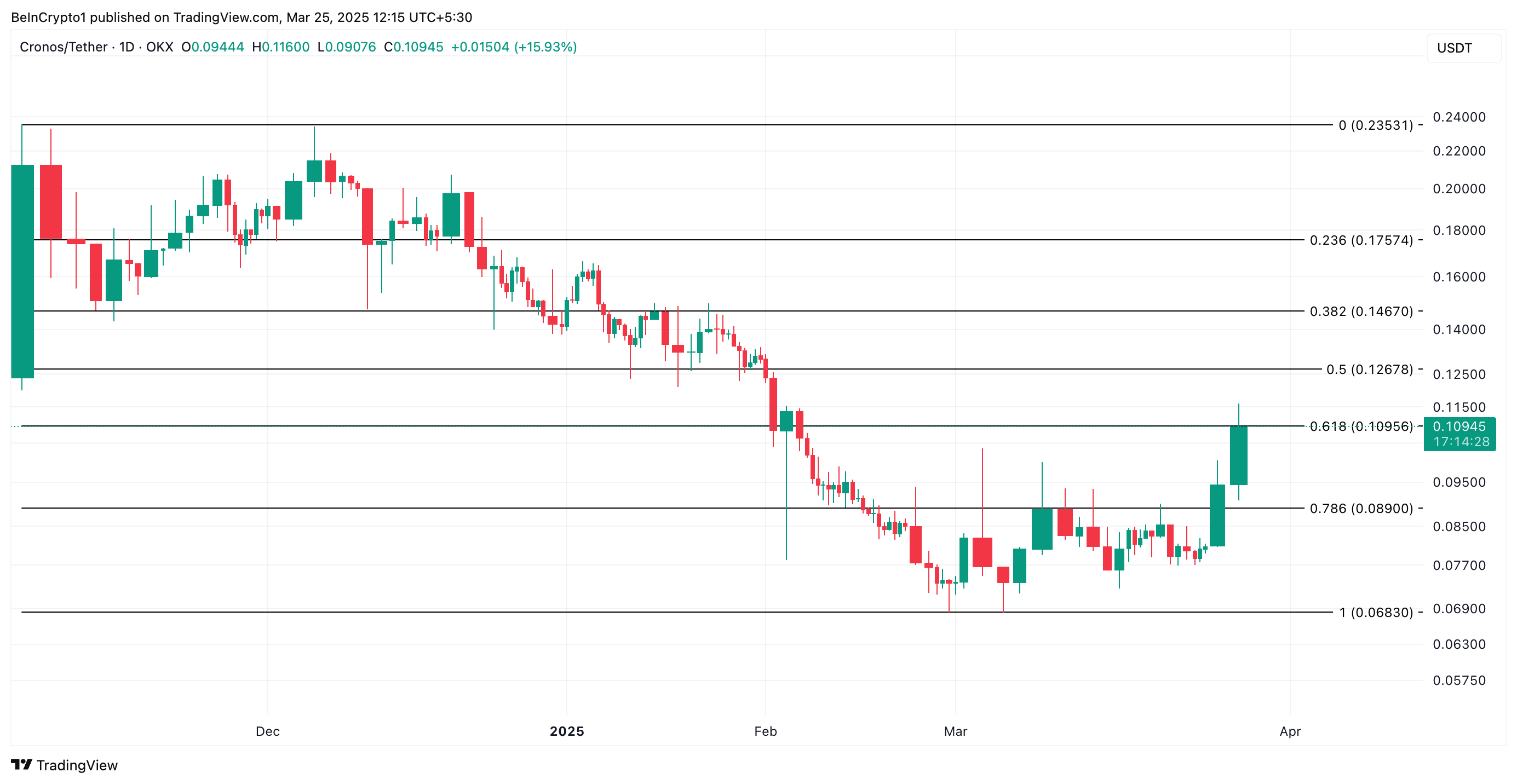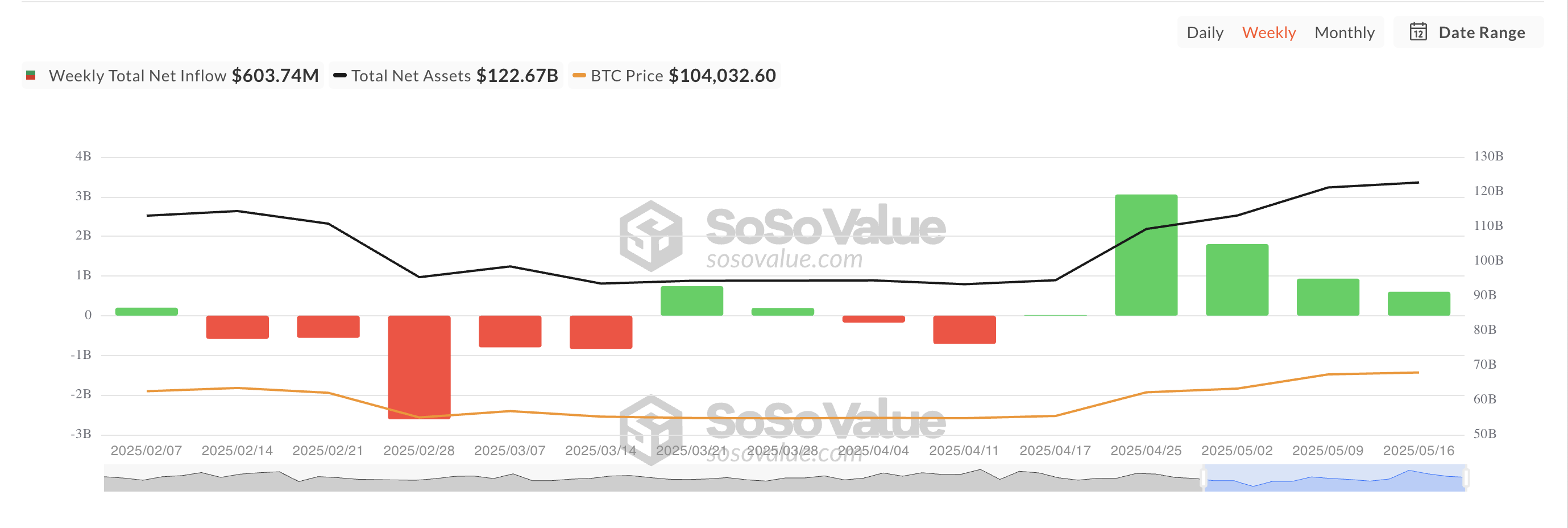Cathie Wood’s ARK Invest has solidified its position as a major player in the artificial intelligence (AI) sector by increasing its investment in OpenAI, the firm behind ChatGPT. ARK contributed $250 million to OpenAI’s recent $6.6 billion capital raise, making the AI firm the third-largest holding in the ARK Venture Fund. This latest investment underscores ARK’s growing confidence in OpenAI’s potential, as the AI firm’s valuation skyrockets.
ARK Invest Bets Big on OpenAI
ARK Invest’s stake in OpenAI now accounts for 5% of its total assets, according to the ARK Venture Fund’s website. This marks a notable increase from the 4% share ARK held earlier in April, signaling the asset manager’s commitment to further deepening its involvement in the AI space.
This development may come as a surprise to some, given that Cathie Wood had previously lauded Tesla as the top AI project, focusing on Elon Musk’s autonomous vehicle initiatives. Wood had described robo-taxis as a “winner-takes-most” market, suggesting that Tesla would dominate the AI landscape. Yet, OpenAI’s rapid growth and valuation—now sitting at a staggering $157 billion—appears to have reshaped Wood’s investment strategy.
OpenAI’s rise in the tech world has been nothing short of remarkable. Valued at $86 billion earlier this year, the AI firm quickly vaulted to a $157 billion valuation after securing its $6.6 billion funding round. This surge cements OpenAI as one of the most valuable private companies globally. Major players such as Microsoft, AI chip leader NVIDIA, and Thrive Capital were also involved in the fundraiser, with Thrive leading the round with a $1 billion contribution.
Notably, the funding came in the form of convertible senior notes, offering investors the potential for equity conversion in the future—a strategic move that reflects confidence in OpenAI’s long-term growth prospects.
OpenAI’s $4 Billion Credit Line for Expansion
On the heels of the funding round, OpenAI secured a $4 billion revolving credit line from prominent financial institutions, including JPMorgan Chase, Citi, Goldman Sachs, and Wells Fargo. This additional capital boost elevates OpenAI’s liquidity to $10 billion, positioning the company to scale its infrastructure and compete head-to-head with tech giants like Google.
According to OpenAI’s finance chief, Sarah Friar, the credit facility will bolster the company’s balance sheet, enabling it to invest in the costly computing power necessary for AI advancement. This includes acquiring high-performance chips from NVIDIA, a critical component in maintaining its competitive edge.
Cathie Wood’s Strategic Play
Cathie Wood’s increased investment in OpenAI is a strategic move that aligns with her broader vision of investing in transformative technologies. Despite previously emphasizing Tesla’s dominance in AI, her decision to expand ARK’s stake in OpenAI suggests a dual bet on both AI and autonomous vehicle sectors.
As OpenAI continues to innovate and scale, its rivalry with industry giants like Google and Elon Musk’s xAI will likely intensify. However, with $10 billion in liquidity and backing from major financial and tech players, OpenAI appears well-positioned to maintain its trajectory of explosive growth.
ARK Invest’s increased stake in OpenAI marks a pivotal moment in Cathie Wood’s investment strategy. With OpenAI’s valuation surging and its financial resources expanding, ARK’s bet on the AI firm could yield substantial returns in the coming years. As AI continues to transform industries, Wood’s focus on innovative technology companies remains a bold and calculated approach to securing long-term growth.










